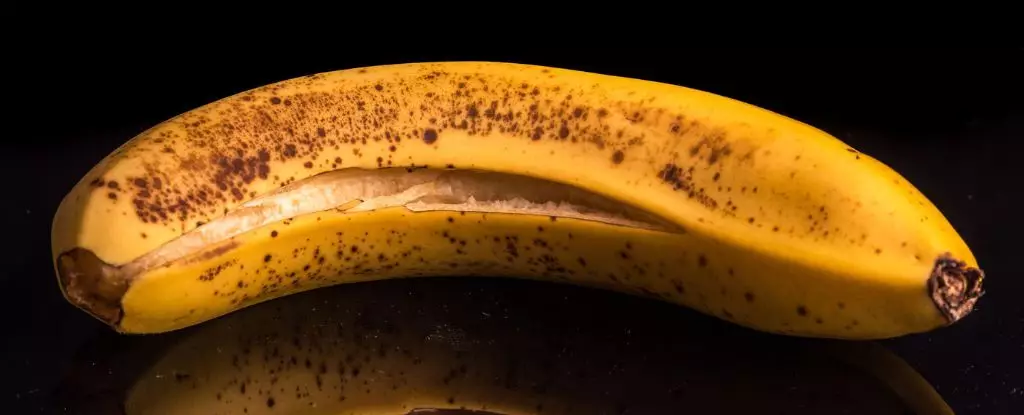When you peel a banana, you might think of the smooth, sweet fruit inside, ready to be consumed. However, in that very moment, you are discarding a valuable source of nutrition and flavor—the banana peel. Recent studies have begun to shed light on the plethora of benefits hidden within that often-overlooked exterior. It turns out that banana peels, when transformed thoughtfully, can provide enticing culinary options and contribute positively to health and sustainability.
The Surprising Rise of Banana Peel Flour
A pivotal study published in 2022 has catalyzed interest in the potential of banana peels as a functional ingredient. Researchers demonstrated that by blanching, drying, and grinding banana peels into a fine flour, they can revitalize traditional baking. The resulting banana peel flour can be utilized like any conventional flour, allowing the creation of baked goods that taste just as delightful, if not superior, to their wheat counterparts. This innovation is particularly revolutionary for those embracing plant-based diets or seeking gluten alternatives.
In blind taste tests involving cookies made with banana peel flour, consumers noted comparable, if not superior, satisfaction to classic versions. This is a game-changer, not just for recipe enthusiasts, but also for those interested in increasing their dietary fiber intake. The health benefits are significant: these cookies, infused with banana peel flour, are richer in essential minerals such as magnesium and potassium, along with antioxidant compounds that may bolster the immune system.
A Lesson in Proportions
While the allure of banana peel flour is undeniable, balance is essential. The same study revealed that excessive incorporation of banana peel flour led to undesirable textures in cookies—brown, dense, and hard—all thanks to a surge of fiber. However, a measured approach, specifically a 7.5 percent addition, resulted in an ideal texture that satisfies without compromise. This fine-tuning highlights the importance of experimenting in the kitchen, reminding us that sometimes, moderation is the key to culinary success.
Furthermore, the versatility of banana peel flour beckons experimentation beyond cookies. Further studies suggest that incorporating banana peel flour into breads, cakes, and pasta could usher in new flavors and nutritional benefits. A notable study from 2016 even observed that substituting 10 percent of wheat flour with banana peel flour enhanced the nutritional profile of the resultant bread, highlighting a new avenue for bakers to optimize their recipes.
Beyond Baking: Culinary Innovations Await
While banana peel flour is gaining traction in baking, the culinary applications extend far beyond. Culinary luminaries, like Nigella Lawson, have championed the use of banana peels in savory dishes, offering ideas such as banana peel curry. Additionally, innovative vegan recipes have emerged, including banana peel bacon and even pulled peel ‘pork’. These creative alternatives exemplify the versatility of the banana peel and signify a shift toward embracing food waste reduction.
Consider this—it is estimated that around 40 percent of a banana’s weight consists of its peel, which is often treated as refuse. By re-evaluating our practices, we can mitigate food waste and appreciate the potential of parts of fruits we often overlook. Banana peels, once rendered inedible when raw, can unlock a flavorful experience when prepared thoughtfully and creatively. Their antioxidant and antimicrobial properties may also enhance the shelf-life of various products, ultimately contributing to lower food waste and promoting a more sustainable lifestyle.
A Call to Embrace Culinary Potential
So, before you reach for the trash can post-banana, consider the possibilities. While embracing the vibrant flesh of the banana, think about the wonders lying in its skin. The next culinary adventure could be just a peel away. As the culinary world continues to explore and innovate, it is clear that the era of the humble banana peel is just beginning. Food enthusiasts have the chance to engage with an ingredient that not only tantalizes the taste buds but also has the potential to reshape our food systems for the better. It’s a ripe opportunity we shouldn’t let slip away.

